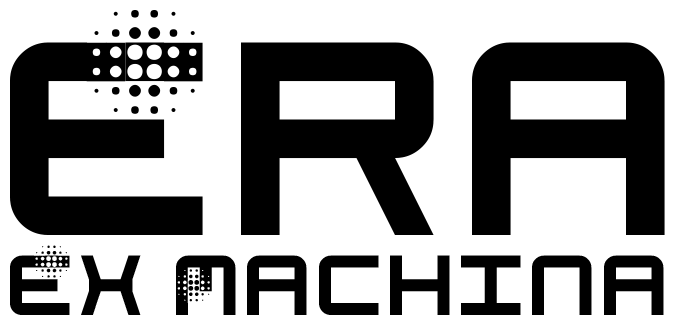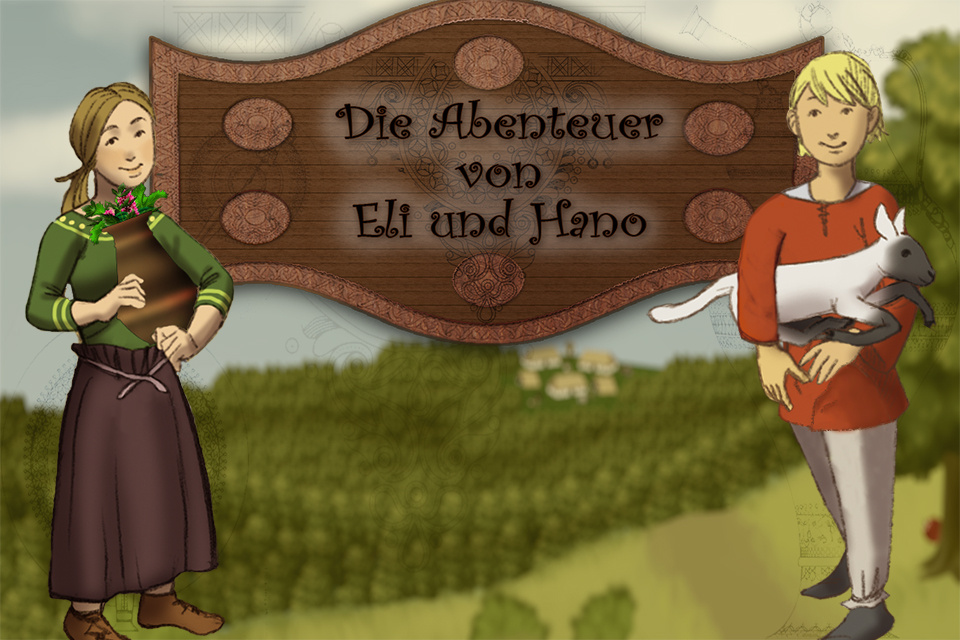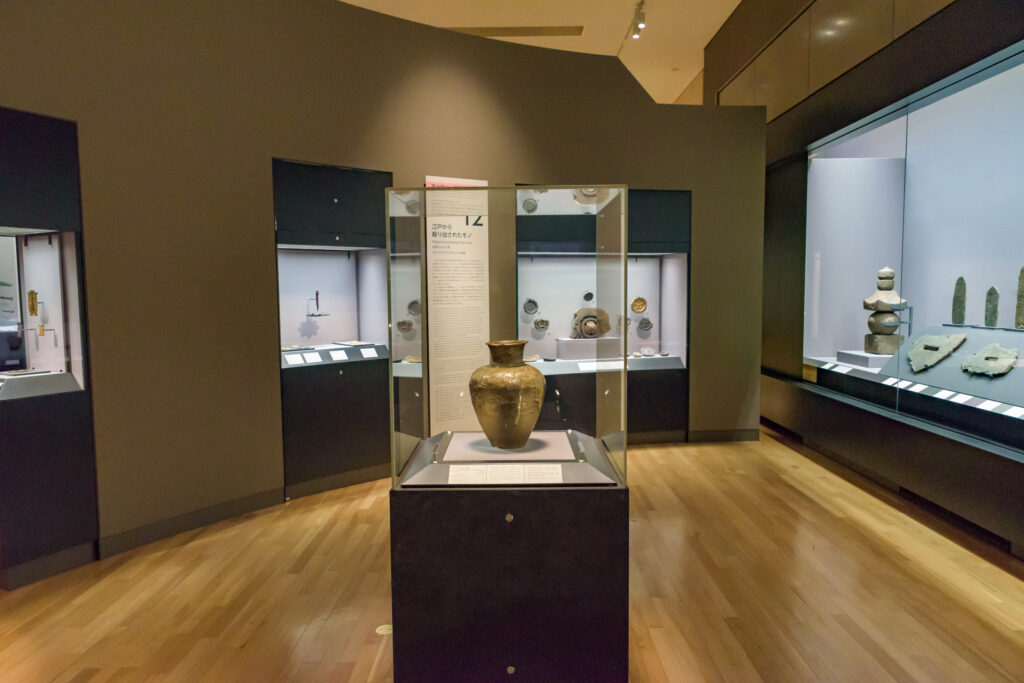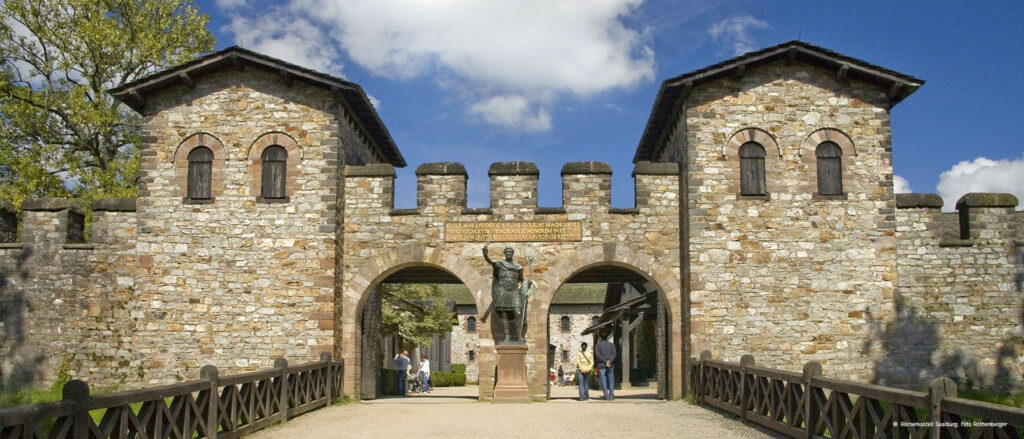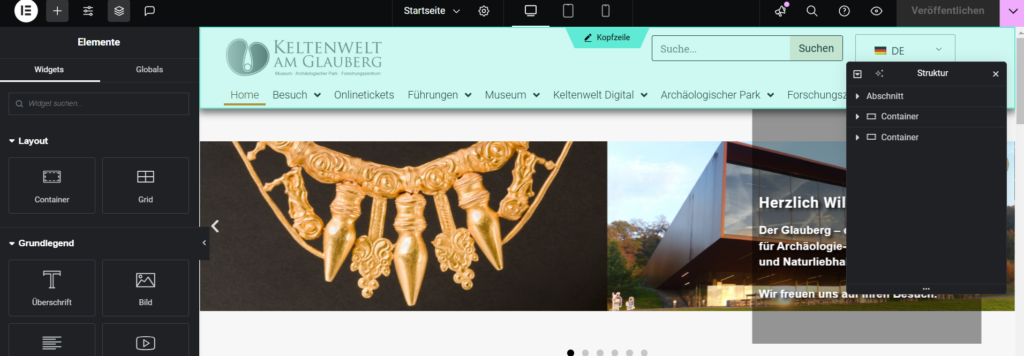If you’re managing a UNESCO World Heritage site or museum, you already know the immense responsibility that comes with preserving and showcasing a piece of the world’s cultural or natural heritage. But have you ever thought about how your website fits into that picture?
A professionally designed website isn’t just a digital brochure—it’s an extension of your site’s legacy, a tool for education, and a gateway for people around the globe to connect with history. Let’s dive into why having a top-notch website is vital and how it aligns with UNESCO’s guidelines and requirements.
Your Website: The Digital Face of a Global Treasure
First impressions matter. For many visitors, your website is their first interaction with your site or museum. It’s where they learn about the significance of your location, plan their visit, or engage with educational resources. A well-crafted website can:
- Enhance Accessibility: Make information readily available to a global audience.
- Promote Engagement: Encourage visitors to explore more through interactive elements.
- Reflect Authenticity: Accurately represent the site’s cultural and historical value.
Understanding UNESCO’s Guidelines and Requirements
While UNESCO doesn’t provide a step-by-step manual on website development, they do have clear objectives and values that your online presence should support. According to the Operational Guidelines for the Implementation of the World Heritage Convention, sites are encouraged to:
- Ensure Accessibility and Education: Promote understanding and appreciation through accessible information.
- Preserve Authenticity and Integrity: Present accurate and authentic information about the site’s value.
- Engage the Community: Involve local communities in preservation and education efforts.
So, what does this mean for your website?
1. Accessibility and Inclusivity
- Multilingual Support: Offering content in multiple languages caters to international visitors. UNESCO promotes cultural diversity, and your website should too.
- User-Friendly Design: An intuitive layout helps users find what they’re looking for without frustration.
- Compliance with Accessibility Standards: Adhering to the Web Content Accessibility Guidelines (WCAG) ensures that people with disabilities can access your content.
2. Accurate Representation
- Authentic Content: Providing well-researched, factual information maintains the site’s credibility.
- High-Quality Media: Using professional images, videos, and virtual tours showcases the site’s significance effectively.
- Educational Resources: Offering materials for teachers, students, and researchers aligns with UNESCO’s educational goals.
3. Community Engagement
- Interactive Features: Forums, comment sections, or social media integration can foster a sense of community.
- Updates and News: Sharing the latest developments or conservation efforts keeps the public informed and involved.
- Event Promotion: Highlighting exhibitions, workshops, or cultural events encourages participation.
Why Technical and Scientific Expertise Matters
Creating a website that meets these standards isn’t a simple task. It requires a blend of technical skills and an understanding of the site’s cultural and historical context.
Technical Expertise
- Responsive Design: Ensures the site works well on all devices—desktops, tablets, and smartphones.
- SEO Optimization: Helps your site appear in search results, increasing visibility.
- Security Measures: Protects user data and prevents cyber threats.
Scientific and Cultural Knowledge
- Accurate Interpretation: Understanding the site’s significance ensures information is presented correctly.
- Contextual Sensitivity: Cultural heritage sites often have complex histories that need to be handled with care.
- Educational Insight: Crafting content that is informative yet accessible to a broad audience.
Having someone on board who bridges both worlds means your website isn’t just technically sound but also rich in authentic content that respects and highlights the site’s true value.
The Risks of Going It Alone
Attempting to build the website without professional support can lead to:
- Misrepresentation: Inaccurate information can mislead visitors and diminish the site’s credibility.
- Technical Issues: Slow load times, broken links, or poor mobile optimization can frustrate users.
- Security Vulnerabilities: Inadequate security can put both your site and its visitors at risk.
Bringing It All Together
Think about some of the most renowned UNESCO World Heritage sites and their websites. They don’t just provide basic information; they offer immersive experiences:
- Virtual Tours of the Taj Mahal: Allowing people worldwide to experience its beauty.
- Educational Resources from Stonehenge: Providing in-depth knowledge about its history and significance.
- Community Engagement at the Great Barrier Reef: Sharing conservation efforts and how visitors can contribute.
These websites succeed because they combine stellar technical execution with deep cultural understanding.
Our Take on It
We believe that creating a website for a UNESCO World Heritage site isn’t just about coding and design—it’s about storytelling, education, and preservation. With our background in both web development and the scientific landscape of cultural heritage, we’re uniquely positioned to help.
- Holistic Approach: We ensure the website is not only functional but also authentically represents the site’s heritage.
- Collaborative Process: Working closely with site managers and experts to get the content right.
- Commitment to Excellence: Striving to exceed both technical standards and UNESCO’s objectives.
Conclusion
Your UNESCO World Heritage site’s website is more than just an online presence—it’s a vital tool that can educate, inspire, and engage people from all over the world. By investing in a professionally designed website, you’re not just following best practices; you’re fulfilling a part of your mission to preserve and promote global heritage.
So, if you’re looking to create a website that truly does justice to the significance of your site, consider partnering with professionals who understand both the technical intricacies and the profound cultural importance.
